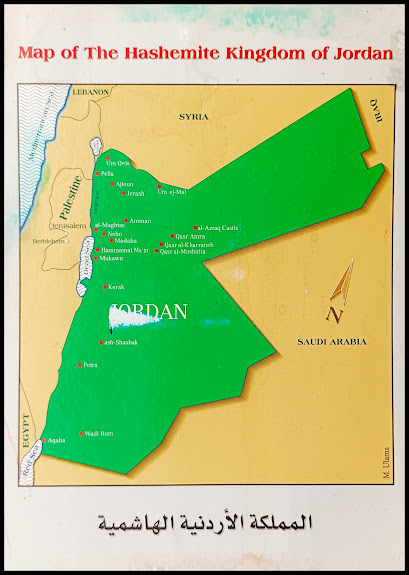Postcard sent in a "You Choose" tag by Vojkara.
Sent 29/07/2023.
The Natural and Culturo-Historical Region of Kotor is located in the Boka Kotorska Bay, on the Adriatic coast of Montenegro. The property encompasses the best preserved part of the bay covering its inner south-eastern portion. The inscribed property comprises 14,600 ha with a landscape composed of two interrelated bays surrounded by mountains rising rapidly to nearly 1,500 metres. The property is linked to the rest of the Boka Kotorska Bay through a narrow channel forming the principal visual central axis of the area.
The Outstanding Universal Value of the Culturo-Historical Region of Kotor is embodied in the quality of the architecture in its fortified and open cities, settlements, palaces and monastic ensembles, and their harmonious integration to the cultivated terraced landscape on the slopes of high rocky hills. The Natural and Culturo-Historical Region of Kotor bears unique testimony to the exceptionally important role that it played over centuries in the spreading of Mediterranean cultures into the Balkans.

























